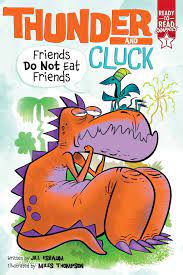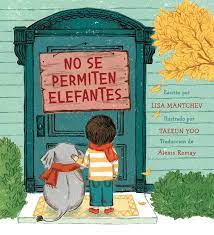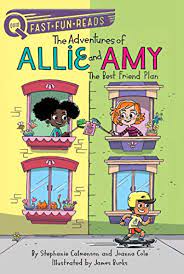
Thunder and Cluck are an unlikely pair of friends. Of course, they don’t start out as friends, as told in this easy-to-read graphic novel. Big, toothy dino Thunder comes upon small, birdlike dinosaur Cluck and prepares to eat him. But, Cluck doesn’t do what he is supposed to do – run! A discussion ensues, with Cluck attempting to strike up a friendship and Thunder giving all kinds of excuses about how this can’t happen. Suddenly, another large, toothy dinosaur sidles up to eat Cluck and Thunder protects his “little buddy” (his words). He finally acquiesces to a friendship experiment, muttering something about hanging out with Cluck will be …interesting.
This beginning graphic novel is a perfect starting point for new readers. The book’s introduction explains how to read a graphic novel, describing panels and word versus thought bubbles. Each page has one to three panels on it and the colors are bright and bold. The main characters are cartoon dinosaurs – can it get any better? Buy this one for your youngest readers. They will be hooked! Highly recommended.



















